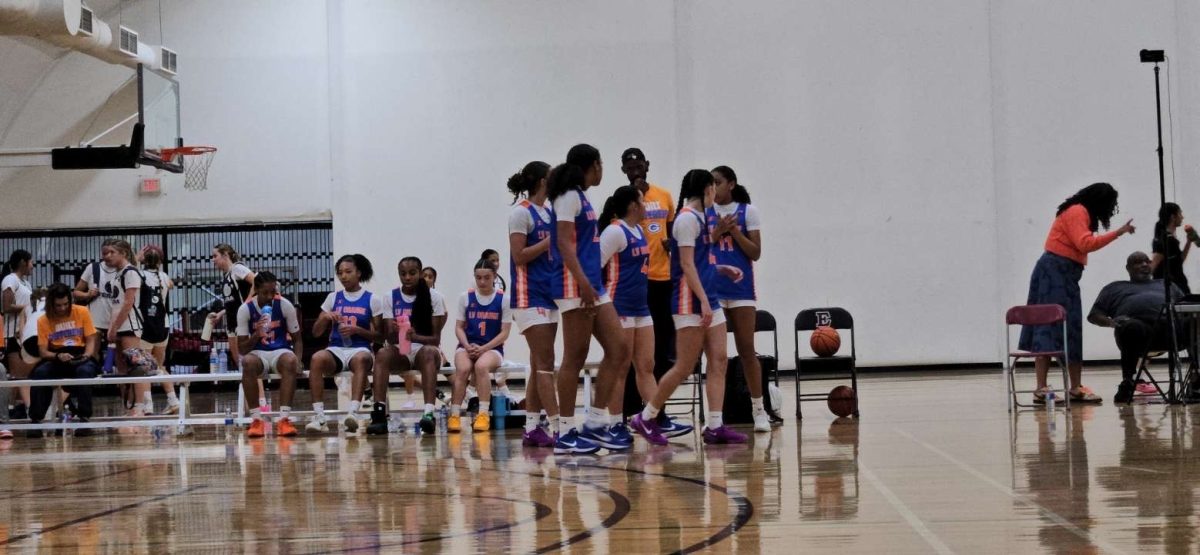The National Federation of State High School Associations (NFHS) and USA Lacrosse have approved and announced the 2024 rules changes for men’s and women’s youth and high school lacrosse teams.
The NFHS most noticeable change for women is the 4-1-1 which is the change from halves to quarters. Playing time is now 48 minutes divided into four 12 minute quarters versus the former 25 minute halves. Players now get more breaks in between playing while still having a half time. Brianna Bolino’25 a player on the women’s lacrosse team states, “I didn’t like the idea at first, but then when we actually played a game, I thought it was a lot better. I like that we have a little break in between to rest and talk. Overall I think the rule change works better for us when playing the game, and I really like the system of it.”
Another notable change for women is the 2-7-1 which eliminates restrictions to color and graphics for mouth guards. The main restrictions before were on clear and white mouthguards, they weren’t allowed because referees thought they might be hard to identify, and might be mistaken for teeth. Though now that the rule is revised they know that it isn’t the case now.
The most noticeable change for men’s lacrosse is the 4-24-11 which is a new rule which states that if a player’s helmet comes off during play, they’ll be taken off the field immediately until the next dead ball. Men’s lacrosse player Bobby Engel ‘25 states “It’s a good rule in case we get concussed and can make a decision on whether to go back in or not. And not just stay in and make it worse”. This rule is to ensure the safety of players since the game gets very physical playing and without a helmet can cause serious injury.
As well as the 5-4-2 which concerns checks involving the head/neck or defenseless player. The rule states a player shall not initiate contact to an opponent’s head or neck or any part of the body with a cross check.
The recent rule changes in lacrosse represent a significant shift in the sport. The NFHS aims to enhance players’ safety and the pace and excitement of the game by changing game structure, adaptation of equipment regulations, and prioritizing safety.



































